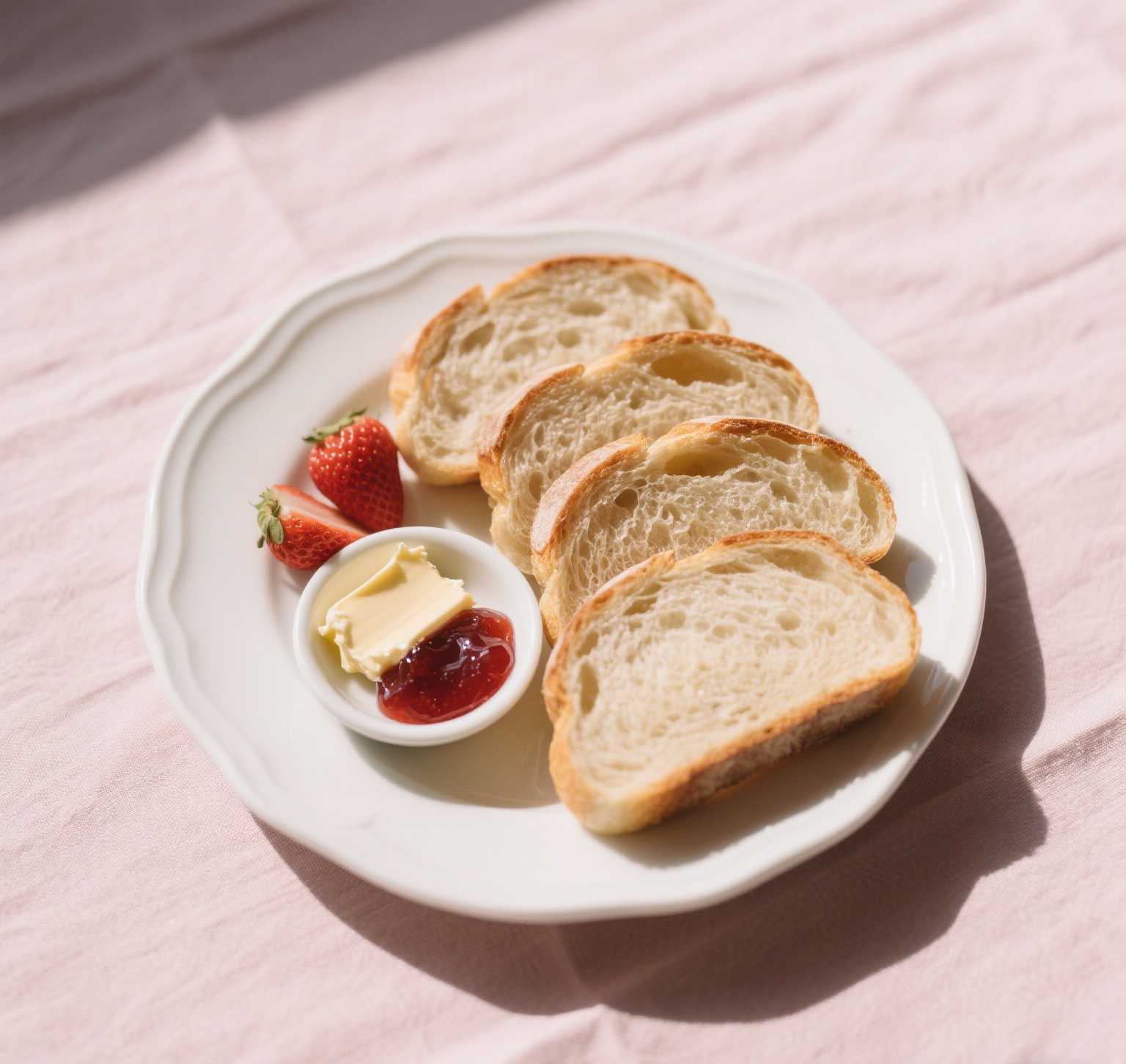Physical Address
304 North Cardinal St.
Dorchester Center, MA 02124
Physical Address
304 North Cardinal St.
Dorchester Center, MA 02124
(Spoiler: Wheat’s the MVP, But Bread’s Got a Wild Side.)
If bread were a rock band, wheat would be the frontman—charismatic, essential, and hogging the spotlight. But let’s not ignore the backup singers: rye, oats, barley, and even funky gluten-free alternatives like sorghum. Bread is a shapeshifter, and wheat is just its most famous muse. So, let’s dive into the grainy details of whether bread has to be made from wheat—and why your sourdough starter might be judging you.

Yes, most bread is made from wheat—and for good reason. Wheat flour’s claim to fame is gluten, a protein duo (glutenin and gliadin) that forms stretchy networks when mixed with water. Think of gluten as bread’s personal trainer: it gives dough the strength to rise, trap gas bubbles, and turn into that airy, chewy wonder we slather with butter.
But not all wheat is created equal:
Fun fact: Humans have been baking with wheat for over 10,000 years. Ancient Egyptians were the first to discover fermentation, accidentally inventing sourdough while trying to make beer. Priorities, right?
Wheat may dominate the bakery aisle, but bread is a rebellious food group. Here’s how other grains crash the gluten party:
Rye flour has less gluten, so rye bread is denser, darker, and tastes like a cozy log cabin in bread form. Pair it with smoked salmon and dill for peak Nordic vibes.
True sourdough can be wheat-based, but its tangy superpower comes from wild yeast and bacteria. It’s like a science experiment you can eat.
Made with rice flour, tapioca, or chickpea flour, gluten-free bread relies on gums and starches to mimic wheat’s texture. It’s the bread equivalent of a stunt double—often impressive, but sometimes… questionable.
Spelt, einkorn, and emmer are ancient wheat relatives with nuttier flavors and easier digestibility (for some). They’re like wheat’s cool, indie siblings.
Golden rule: Bread is a concept, not a wheat monopoly. As the meme goes: “Any dough you bake is bread if you’re brave enough.”
Let’s give wheat its due. Its gluten is unmatched for creating:
But here’s the kicker: wheat isn’t just about gluten. Its mild flavor lets other ingredients shine—garlic, herbs, cheese, or even chocolate chips. Wheat is the ultimate team player.
For the 1% with celiac disease or gluten sensitivity, wheat-free bread is a lifesaver. Here’s how to avoid sad, crumbly loaves:
Pro tip: Store-bought gluten-free bread often tastes better toasted. Apply heat, and it’s like a glow-up for your taste buds.
Technically, no. Spiritually? Wheat’s the GOAT. It’s versatile, reliable, and the backbone of everything from baguettes to brioche. But bread is a global citizen—rye, corn, quinoa, and even chickpeas get their time in the oven.
As food writer Michael Pollan quipped, “Don’t eat anything your great-grandmother wouldn’t recognize as food.” She’d probably side-eye gluten-free mug cake, but bless her, she’d try it.
So, whether you’re kneading sourdough, baking gluten-free banana bread, or experimenting with spelt, remember: Bread is alchemy. Flour + water + heat = magic. And magic doesn’t care about rules.
Final thought: Life’s too short for bad bread. Bake boldly, slather generously, and never apologize for that second slice. 🍞✨
Mic drop quote: “Wheat built the bread empire. The rest of us are just living in its deliciously yeasty shadow.”